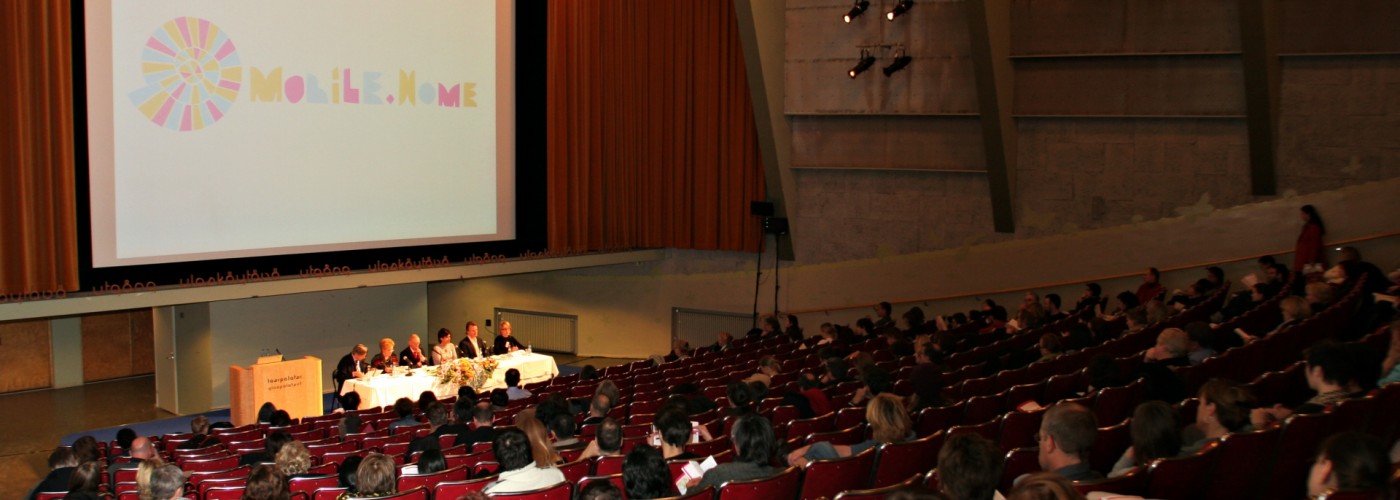| 11:00 | 19 |
|
| 11:00 | 19 |
|
| 11:00 | 19 |
|
| 11:00 | 19 |
|
| 14:00 | 19 |
|
| 14:00 | 19 |
|
| 15:00 | 19 |
|
| 15:00 | 19 |
|
| 15:30 | 19 |
|
| 15:30 | 19 |
|
| 16:00 | 19 |
|
| 16:00 | 19 |
|
| 16:30 | 19 |
|
| 16:30 | 19 |
| 11:00 | 19 |
|
| 11:00 | 19 |
|
| 14:00 | 19 |
|
| 14:00 | 19 |
|
| 15:30 | 19 |
|
| 15:30 | 19 |
|
| 15:30 | 19 |
|
| 15:30 | 19 |
|
| 15:30 | 19 |
|
| 15:30 | 19 |
|
| 15:30 | 19 |
|
| 15:30 | 19 |
|
| 15:30 | 19 |
|
| 15:30 | 19 |
|
| 16:00 | 19 |
|
| 16:00 | 19 |
|
| 17:30 | 19 |
|
| 17:30 | 19 |
| 11:00 | 19 |
|
| 11:00 | 19 |
|
| 11:00 | 19 |
|
| 11:00 | 19 |
|
| 11:00 | 19 |
|
| 11:00 | 19 |
|
| 11:00 | 19 |
|
| 11:00 | 19 |
|
| 11:00 | 19 |
|
| 11:00 | 19 |
|
| 11:00 | 19 |
|
| 11:00 | 19 |
|
| 12:30 | 19 |
|
| 12:30 | 19 |
|
| 13:30 | 19 |
|
| 13:30 | 19 |
|
| 15:30 | 19 |
|
| 15:30 | 19 |
|
| 15:30 | 19 |
|
| 15:30 | 19 |
|
| 15:30 | 19 |
|
| 15:30 | 19 |
|
| 15:30 | 19 |
|
| 15:30 | 19 |
|
| 16:00 | 19 |
|
| 16:00 | 19 |

